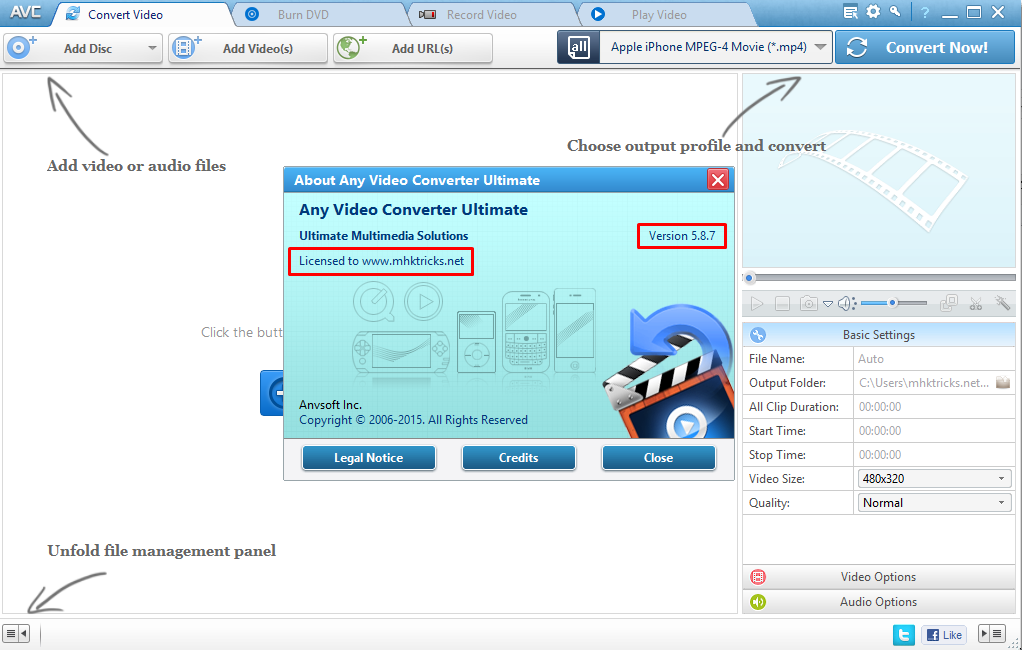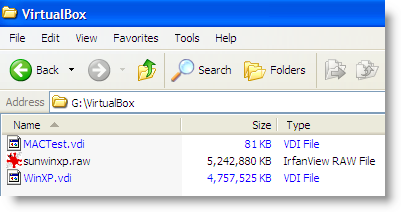

The next option allows you to change the network configuration. This allows you to select the number of processors assigned to the virtual machine, change the disk controller, and also change the memory allocated to the virtual machine. The next option is for device configration. The first option relates to the data source, and the type of file will be created. Press the “Next” button, and it will go through the various options that can be changed. This is where you can modify any of the settings, such as memory size, number of network cards, etc. The next screen will display a list of all the options on the virtual machine.

Select “VMware Infrastructure virtual machine” from the drop down list of destination types.įill out the server, username, and password details for your ESXi/vSphere host. You will then be asked to specify the destination options. The main screen will look similar to the image below.Ĭlick the “Convert Machine” button at the top left of the program.Ī wizard will now start asking a number of questions about the source and destination virtual machines.Ĭhange the source type to be “VMware Workstation or other VMware virtual machine”.īrowse for the. Start by loading the VMware Converter application. It assumes you have downloaded and installed the VMware converter. This guide will step through the process of converting an existing VMware Workstation virtual image of Windows 2008 server, to a ESXi 4 server. VMware vCenter Converter is available as a free download from the VMware website, but you do need to register to be able to access it. The converter is compatable with virtual machine images created with VMware Workstation, VMware Infrustructure, Microsoft Virtual PC, Parallels, Acronis True Image, Symantec LiveState and more. The VMware vCenter Converter provides the ability to convert between an existing virtual machine image, a physical PC, or a hard disk image. Thankfully VMware have a software program that makes the transition process painless. VMware Workstation is a great product, but there will often be times where you need to move up to the next level, and start using VMware ESXi or vSphere.


 0 kommentar(er)
0 kommentar(er)
